Unlock your path to success with the Comprehensive Health Assessment 3 Exam Test Bank: All Versions and Modules Included, the ultimate study companion for nursing students and healthcare professionals preparing for their health assessment exams in 2025. This latest update provides a meticulously curated collection of accurate, expert-verified questions and answers, covering all versions and modules of the Comprehensive Health Assessment 3 Exam. Designed to align with the most current curriculum standards, this test bank includes a wide range of topics such as head-to-toe assessment techniques, vital signs interpretation, patient history collection, cultural and social considerations, and clinical reasoning for identifying abnormal findings. Each question is paired with detailed explanations to enhance understanding of critical concepts, including subjective and objective data collection, functional assessments, and screening for conditions like depression using standardized tools (e.g., PHQ-9). The test bank also addresses advanced scenarios, such as assessing patients with sensory or cognitive impairments, ensuring you’re prepared for diverse clinical situations. With a focus on guaranteed success, this resource has been proven to help students achieve top grades, often scoring a Graded A, by providing comprehensive practice that mirrors the actual exam format. Whether you’re a nursing student aiming to excel in your coursework or a professional seeking to refresh your skills, this test bank offers the best preparation to pass with confidence. Get your copy today and take the first step toward mastering your health assessment exam!
Preview
1. A group of students is reviewing the structures of the heart, noting that the thickest
layer of the heart is made up of contractile muscle cells. The students are correct in
identifying this layer as which of the following?
o A) Myocardium
o B) Epicardium
o C) Endocardium
o D) Pericardium
o Correct Answer: A) Myocardium
o Rationale: The myocardium is the muscular middle layer of the heart,
responsible for contraction and pumping blood.
2. A nurse is reviewing the electrical conduction system of the heart in preparation for
assessing a client with a conduction problem. The nurse should be aware that the
electrical signal originates in which of the following locations?
o A) Bundle of His
o B) Purkinje fibers
o C) Sinoatrial node
o D) AV node
o Correct Answer: C) Sinoatrial node
o Rationale: The sinoatrial (SA) node is the primary pacemaker of the heart,
generating electrical impulses that initiate each heartbeat.
3. The nurse is analyzing the data from the assessment of a client’s heart and neck vessels.
The client’s first heart sound corresponds with what event in the cardiac cycle?
o A) Isometric contraction
o B) Closure of the semilunar valves
o C) Beginning of diastole
o D) Closure of the atrioventricular valves
o Correct Answer: D) Closure of the atrioventricular valves
o Rationale: The first heart sound (S1) occurs with the closure of the AV valves
(mitral and tricuspid), marking the beginning of ventricular contraction.
4. The nurse is assessing a client who is in uncompensated right-sided heart failure. What
assessment finding should the nurse anticipate?
o A) Increased jugular venous pressure
o B) Bradycardia
o C) Decreased blood pressure
o D) Dysrhythmias
o Correct Answer: A) Increased jugular venous pressure
o Rationale: In right-sided heart failure, blood backs up into the venous system,
leading to elevated jugular venous pressure.
5. The nurse is assessing a client with a cardiac condition who complains of not sleeping
well and of having to get up frequently at night to urinate. The nurse should recognize
what implication of this statement?
o A) The client may have developed a cardiac conduction problem.
o B) The client may be experiencing symptoms of heart failure.
o C) The client’s cardiac problem is being adequately compensated for.
o D) The client may be at increased risk for myocardial infarction.
o Correct Answer: B) The client may be experiencing symptoms of heart failure.
o Rationale: Nocturia and difficulty sleeping can be symptoms of heart failure due
to fluid overload.
layer of the heart is made up of contractile muscle cells. The students are correct in
identifying this layer as which of the following?
o A) Myocardium
o B) Epicardium
o C) Endocardium
o D) Pericardium
o Correct Answer: A) Myocardium
o Rationale: The myocardium is the muscular middle layer of the heart,
responsible for contraction and pumping blood.
2. A nurse is reviewing the electrical conduction system of the heart in preparation for
assessing a client with a conduction problem. The nurse should be aware that the
electrical signal originates in which of the following locations?
o A) Bundle of His
o B) Purkinje fibers
o C) Sinoatrial node
o D) AV node
o Correct Answer: C) Sinoatrial node
o Rationale: The sinoatrial (SA) node is the primary pacemaker of the heart,
generating electrical impulses that initiate each heartbeat.
3. The nurse is analyzing the data from the assessment of a client’s heart and neck vessels.
The client’s first heart sound corresponds with what event in the cardiac cycle?
o A) Isometric contraction
o B) Closure of the semilunar valves
o C) Beginning of diastole
o D) Closure of the atrioventricular valves
o Correct Answer: D) Closure of the atrioventricular valves
o Rationale: The first heart sound (S1) occurs with the closure of the AV valves
(mitral and tricuspid), marking the beginning of ventricular contraction.
4. The nurse is assessing a client who is in uncompensated right-sided heart failure. What
assessment finding should the nurse anticipate?
o A) Increased jugular venous pressure
o B) Bradycardia
o C) Decreased blood pressure
o D) Dysrhythmias
o Correct Answer: A) Increased jugular venous pressure
o Rationale: In right-sided heart failure, blood backs up into the venous system,
leading to elevated jugular venous pressure.
5. The nurse is assessing a client with a cardiac condition who complains of not sleeping
well and of having to get up frequently at night to urinate. The nurse should recognize
what implication of this statement?
o A) The client may have developed a cardiac conduction problem.
o B) The client may be experiencing symptoms of heart failure.
o C) The client’s cardiac problem is being adequately compensated for.
o D) The client may be at increased risk for myocardial infarction.
o Correct Answer: B) The client may be experiencing symptoms of heart failure.
o Rationale: Nocturia and difficulty sleeping can be symptoms of heart failure due
to fluid overload.




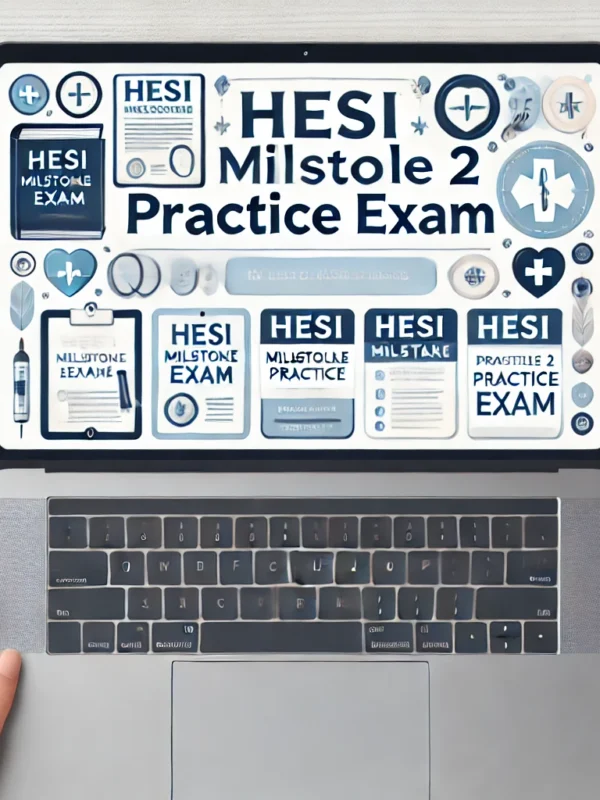

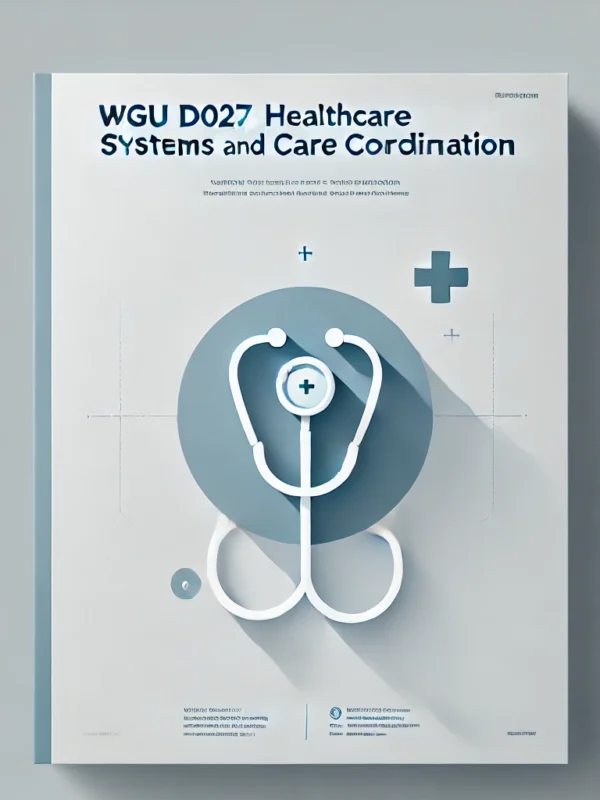
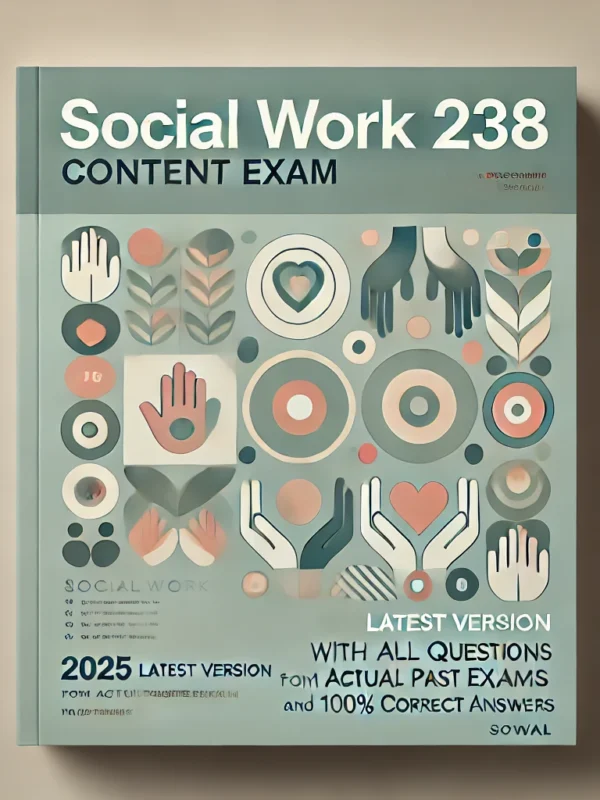
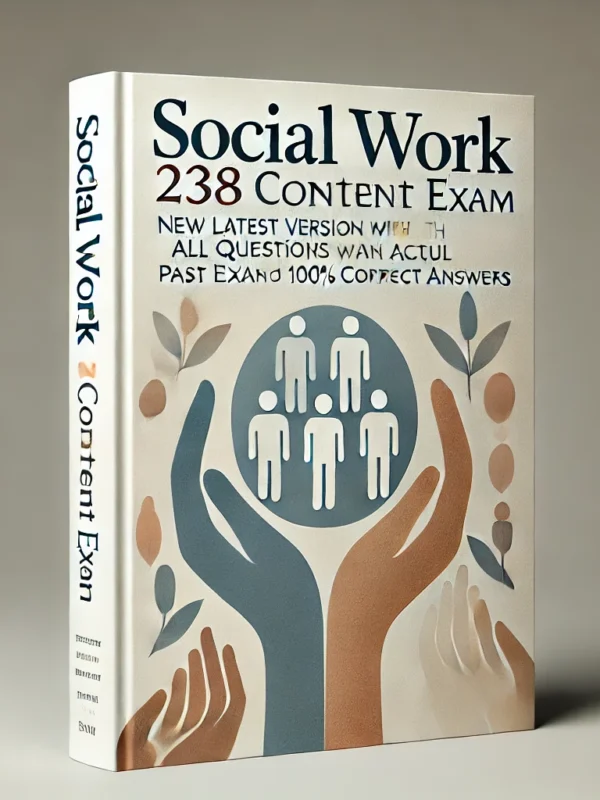
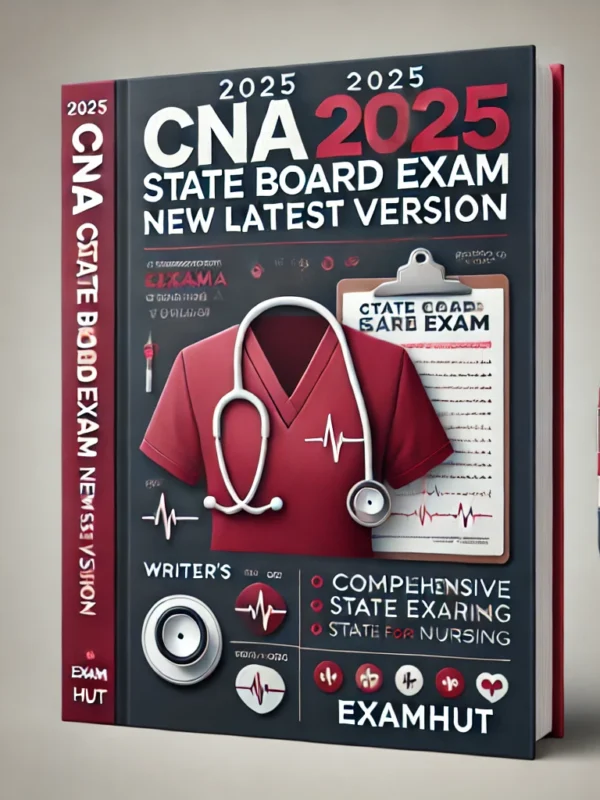

Reviews
There are no reviews yet.